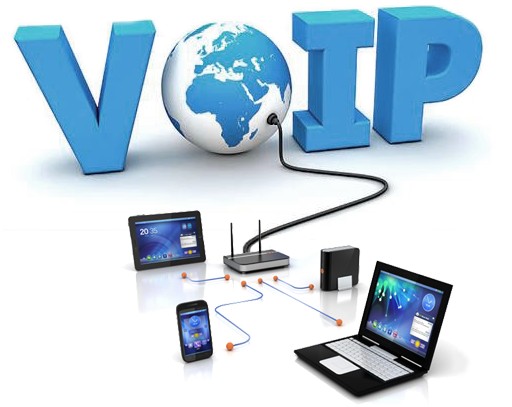Voice over Internet Protocol, also known as VoIP is the mode of delivery of voice data from one node to another node with using broadband, internet, IP enabled network as the channels of transfer. Normal public switch telephone networks use continuous data for the data transfer and thus they come at some good price to the consumers and they are analog by nature.
However, Voice over IP is a digital mode of communication, in which data is transmitted in packets sequentially known as quanta or discrete packets. Thus the great advantage they provide is that they come at near free price. The typical term of VoIP is derived from the organizational setup called as VoIP Forum, which was the joint venture of some operators – Cisco, 3com, Net Speak and Vocal Tec. When the transmission takes place through internet, they are done so by satellite and broadband transfers. When it comes to the transfer between IP enabled networks, they take place in intranet.
[showmyads]
For assurance of timely delivery of the discrete data packets over the network, VoIP adopt RTP (real time protocol). However the QoS (Quality of Service) is still not very great as they telephonic voice transfers are, in most cases. In order to cope with that, many operators are adopting different supporting technologies which can do proper canalizations and noise-free quality voice transfer. However, the public service providers or operators are lesser capable than the private inter service providing networks.
Part-ii
VoIP to VoIP communication, as we mentioned, is normally free for the patrons. However to establish communication through PSTN to VoIP, there are two alternative methods known as DID (Direct Inward Dialing) and there is this access numbers. In case of DID, there is direct connection attained between those two concerned nodes. However, in access numbers mode, the ISDN party has to provide the extension number of the VoIP network and for this reason, DID is bit pricey than access numbers.
With many developments surging ahead, there is also the availability of full fledged phone service over the VoIP accessed through DID method. Thus they provide incoming and outgoing facilities both and as it is less costly than the normal telephonic expenditures, they also give various extra facilities so as so that these are known as internet phone / broadband phones among most of the naïve users.
Several big companies tend to adopt Voice over IP among the users inside their wide area network or intranet, so that the collective cost to the company is marginally cheaper than other alternatives and only one circuit and bandwidth connection proves very cheaper for establishment of the network too. For long distance calls such as ISD calls, which are very costly, VoIP comes as savior as they are completely locality independent.
There has been lots of development going on and one can’t rule out the possibility of complete amalgamation of internet and telephonic kind of data and voice transfer in internet. IP multimedia subsystem (IMS) will play a vital role in development of these tentative models.
